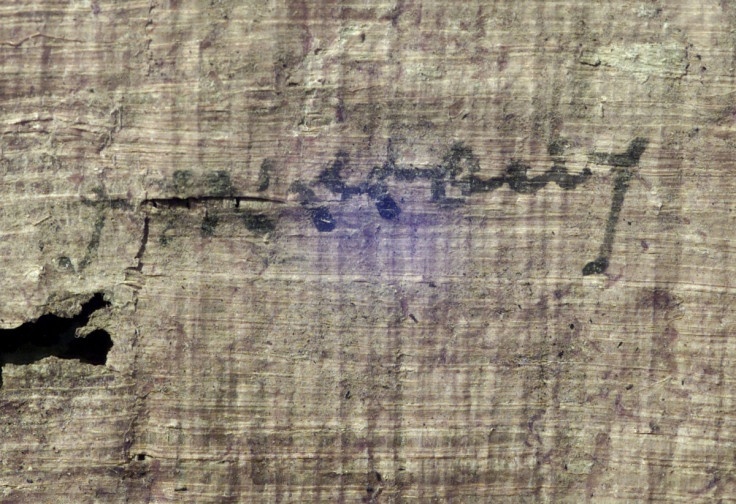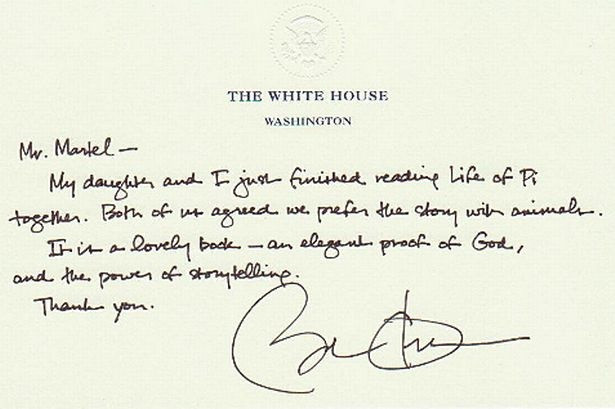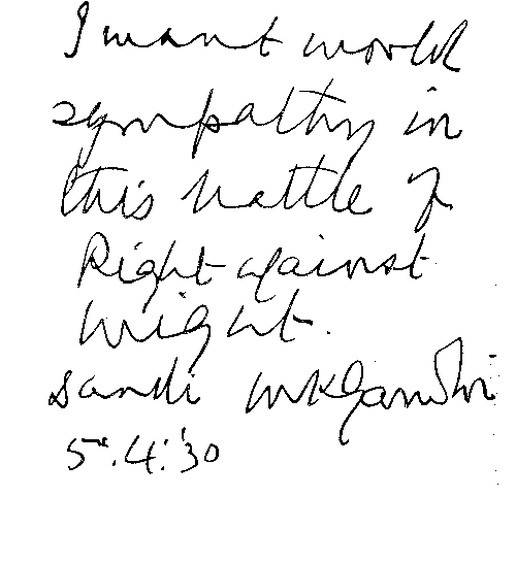National Handwriting Day: What does handwriting say about us that a keyboard never could?

In a digital age where the keyboard has all but replaced pen and paper communication, handwriting enthusiasts have come together to honour the seemingly lost art of penned prose. National Handwriting Day on January 23 each year celebrates the handwritten word and encourages people to "use a pen or a pencil to rekindle that creative feeling through a handwritten note, poem, letter or journal entry".
Established in 1977 the day was selected because it is the birthday of John Hancock, known for his unique signature on the US's Declaration of Independence.
The day was created to acknowledge the history and influence of 'penmanship'. The Writing Instrument Manufacturers Association (WIMA) sponsors the day and David H. Baker, WIMA's Executive Director said: "Though computers and e-mail play an important role in our lives, nothing will ever replace the sincerity and individualism expressed through the handwritten word."
Happy National Handwriting Day to our US friends! #writingmatters #NHD2016 ✒️? pic.twitter.com/UcI0tlRH0m
— Chris Leonard-Morgan (@StationeryBytes) January 23, 2016
The earliest forms of writing are said to date back as far as 5,000 years and throughout history written communication has played an unrivalled role in the dissemination of culture and concepts. WIMA say that: "Throughout history, handwritten documents have sparked love affairs, started wars, established peace, freed slaves, created movements and declared independence."
Recent data shows that teaching handwriting skills benefit cognitive development and motor skills, and can lead to improved writing skills and reading comprehension in children. Meaning that kids can learn faster, generate more ideas and retain more information if they are taught handwriting first.
And along with the intimate feeling of passing on a handwritten note or letter the National Pen Company based in the US claims that handwriting can give clues about 5,000 personality traits, through graphology, a pseudoscience involving the analysis of physical characteristics and patterns of handwriting.
So what does your handwriting say about you?
Pressure
Heavy pressure indicates that the person is committed and usually takes things seriously, but if the pressure is excessively heavy, the writer can be uptight and can react quickly to criticism. These writers tend to react first and ask questions afterwards. But light pressure shows sensitivity to an atmosphere and empathy towards people.
Shape of your letters
Rounded letters are said to be associated with creative and artistic people while handwriting with pointed letters are more aggressive, intelligent and inquisitive. If you have cursive writing, you are apparently more systematic and tend to make your decisions after putting in a great deal of thought.

Size of letters
Upfront and outgoing people write with big fonts, according to graphologists, while those with smaller size of words keep to themselves, but have good concentration and an unrivalled ability to focus on a goal. Those in the middle can adjust easily with anyone, anywhere.
Spacing
Large spacing means the writer enjoys their space and is not a fan of intrusions. Whilst those with narrow spacing love people but can be a bit clingy.

Slant or no slant
Those that write with no slant can be no-nonsense type characters. Whilst those that write to the right are said to like new experiences, are outgoing and emotional. Introverts can be spotted by their left slant.
© Copyright IBTimes 2025. All rights reserved.





















